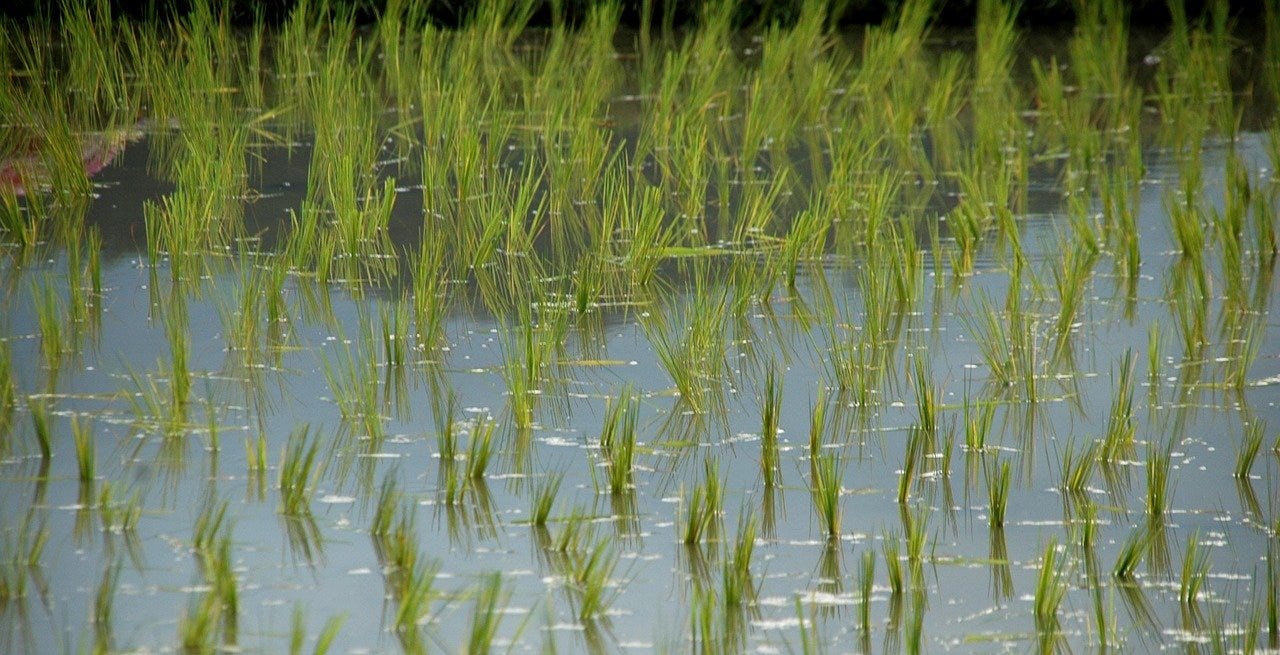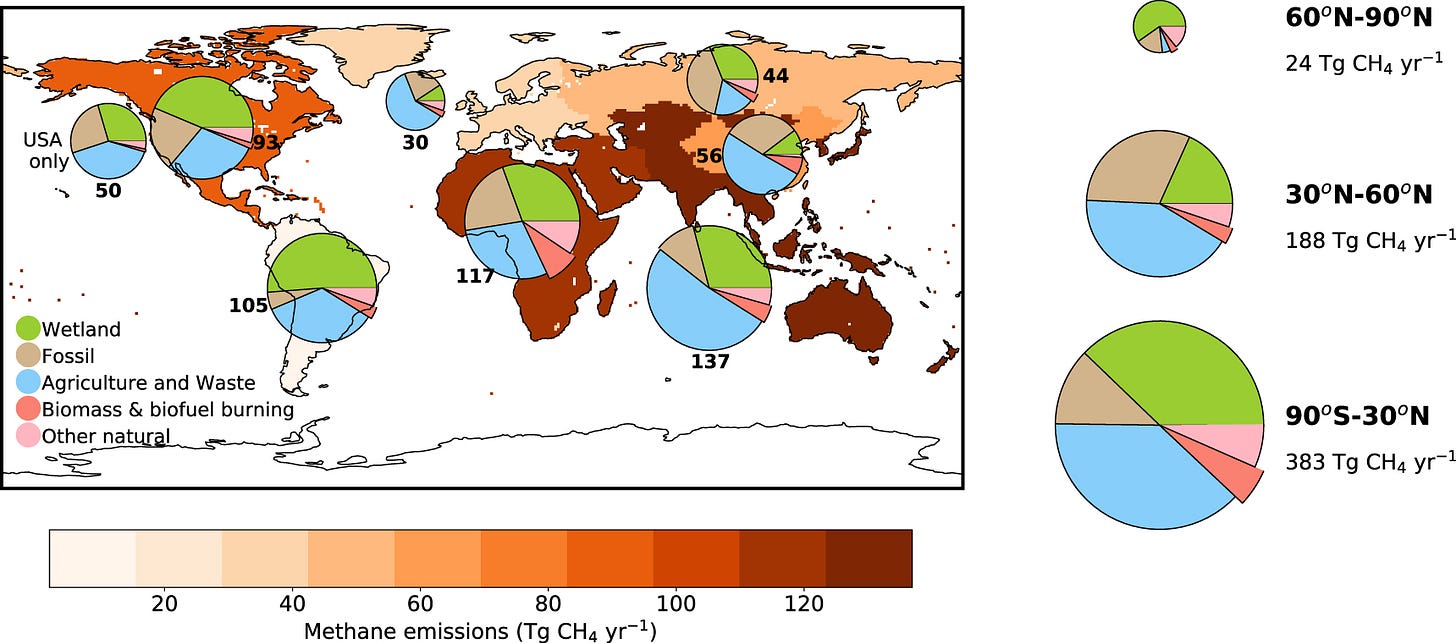Hello and welcome to this week’s edition of Lights On, a newsletter that brings you the key stories and exclusive intel on energy and climate change in South Asia.
I am working extra hard because I want to reach an additional 30 subscribers, so I am asking you a small favour: share this newsletter with two of your friends who may enjoy it, and invite them to subscribe.
This week I am also sending out two stories, so expect a longer feature tomorrow! As usual, it would help me loads to hear your comments, criticisms and suggestions on stories to cover. You can get in touch by replying to this email.

Rice shoots - Image credit: Pixabay
When we picture what makes India the third greenhouse gas emitter in the world we think of its coal plants, or perhaps the huge swathes of forest cleared to make space for big industrial projects. Not many of us will think of picturesque rice paddies and cows roaming far away from the pollution choking Delhi and other megacities. And yet those very rice paddies and cows account for nearly 16 percent of India’s greenhouse gas budget due to their methane emissions. Methane is a heat-trapping gas that is present in the atmosphere in a much smaller quantity than carbon dioxide, but is much more potent.
Hidden emissions
According to a new global assessment, South Asia is one of the three regions that contributed the most to the record growth in methane emissions that occurred between 2000 and 2017. Researchers at the Global Carbon Project observed that this growth path is consistent with some of the most pessimistic climate models, which envisage a potential 3 to 4°C of warming before the end of the century. While doomsday deadlines make for better headlines, climate change is less about meeting a specific temperature threshold and more about mitigating its progression over time.
However, scientists indicate that at 3 degrees above pre-industrial level we are likely to see more natural disasters including wildfires, droughts, and floods, which in turn may make famine and mass migration more likely. And this is not just speculation on the future - researchers are now able to estimate the part that climate change plays in extreme events like cyclones or heatwaves. For example, the latest such study out today finds that climate change made the recent heatwave in Siberia 600 times more likely.

Methane emissions for 2017 by region, source category, and latitude. Image source: R B Jackson et al 2020 Environ. Res. Lett.15 071002 - DOI
The landscape of greenhouse gases warming the planet is as complex as the jigsaw of impacts they cause. As it turns out, in the global methane budget cows and rice matter more than we previously thought. Prior to the Global Methane Assessment Report, which comes with two papers in the journals Earth System Science Data (ESSD) and Environmental Research Letters (EDL), scientists believed that thawing permafrost in the Arctic region may already be releasing a huge amount of methane trapped in the frozen soil, a dynamic known as ‘feedback loop’. According to the new research, methane has gone up by 9 percent since 2000, but it’s not coming from the north. “We spent four years tracking all sources around the world, both natural and those from human actions,” says Rob Jackson, author of the EDL study, “and we don’t see evidence or runaway methane release from the Arctic, which is good news.”
Action on the ground
Instead, Asia and Oceania, China and Africa and the Middle East have contributed the most to the rise in methane emissions. In India, emissions come mostly from agriculture. “Ruminants such as cattle, sheep, and goats emit considerable methane, as do their manures,” Jackson says. “Rice farming is a large methane source, too.”
India is the second largest rice producer in the world after China, and targeting agriculture at large and rice in particular can have a big impact.
While the study warns that global climate policies “have yet to alter substantially the global emissions trajectory to date”, local actions matter and can be rolled out more easily. For example, Jackson explains, water-logged soils of rice paddies are perfect incubators for generating methane. “Drying the soils down briefly provides oxygen to the soils and knocks back the methane-generating microbes,” he says. “Farmers who dry out their rice fields even for a few days reduce methane emissions a lot.”
If you’ve been forwarded this newsletter and you’d like to read it every week, you can subscribe below. Tip: if you add my address to your contacts, this email won’t end up in the spam or promotion folder!



